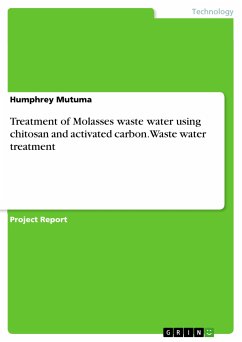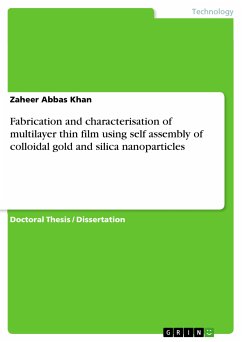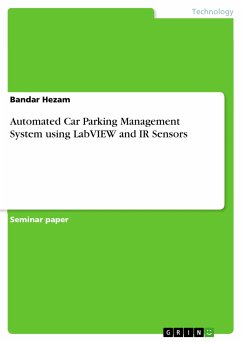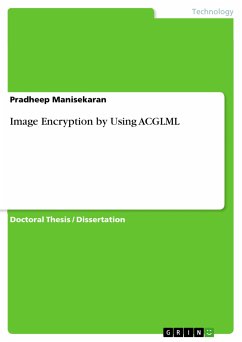Project Report from the year 2016 in the subject Engineering - Chemical Engineering, grade: 87, Moi University, language: English, abstract: This degree thesis studied the viability of treating molasses waste water using a combination of chitosan and activated carbon. Chitosan is obtained by deacetylation of chitin and is an important polymer in water treatment. Activated carbon is a powerful absorbent that is used in filtration. Effects of temperature, time, oh and agitation was studied. The research pointed important leads to embracing chitosan in waste water treatment. Kenya is a major sugar producer with a sugar production output of 591,658 tonnes. The sugar industry encompasses sugar refining which yields molasses used in molasses distilleries to produce ethanol. The molasses distillery produces distillery waste known as spent wash which has a high BOD/COD, bad odor and brown color. The high BOD/COD can be removed by conventional means such as aerobic and anaerobic digesters, but it is this brown caramelized compounds known as melanoidins that must be removed by unconventional means since they are recalcitrant and difficult to biodegrade biologically. This project aims to explore options of removing recalcitrant compounds in molasses waste water by adsorption process using powdered activated carbon and chitosan a biopolymer derived from chitin. Sugarcane molasses is the by-product of the sugar production industry which are generated during sugar production. Sugarcane molasses contains 50% fermentable sugar is dark brown, putrid and viscous liquid. Sugarcane molasses is a feedstock for ethanol production and is used in a ratio of 1:1 for fermentation and purification of spirit. The product collected as bottom products form spent wash which is the major constituent of molasses waste water. Properties of molasses include high acidity, strong odor, coloring pigments due to presence of melanoidins, metal sulfides and phenolics giving it brown color. Spent wash is one of the serious pollution problems of countries producing alcohol from fermentation and subsequent distillation of cane molasses. According to distillery spent wash is characterized as one of the caramelized and recalcitrant wastes containing extremely high Chemical Oxygen Demand (COD), Biological Oxygen Demand (BOD), inorganic solids and low in pH 1-2. The post methanation distillery effluent produced from treatment is characterized by high BOD, COD, intense brown colour due to presence of melanoidin pigments and high levels of salts and nutrient rich.
Dieser Download kann aus rechtlichen Gründen nur mit Rechnungsadresse in A, B, BG, CY, CZ, D, DK, EW, E, FIN, F, GR, HR, H, IRL, I, LT, L, LR, M, NL, PL, P, R, S, SLO, SK ausgeliefert werden.









